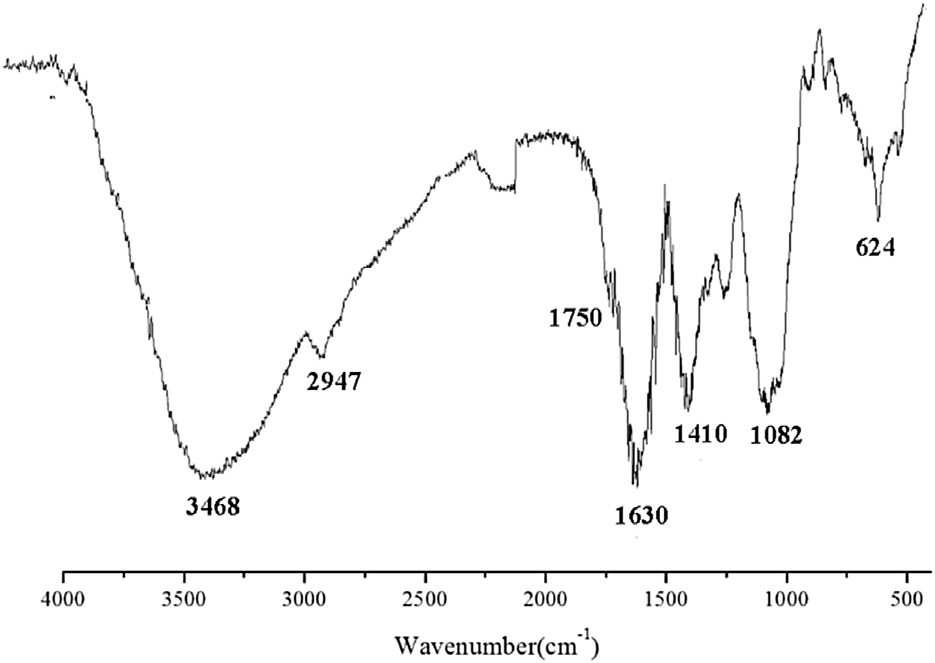SHAO Yun and his research team used the BoxeBehnken design to optimize polysaccharide extraction from Armillaria luteo-virens (Alb. et Schw. Fr.) Sacc.
The independent factors included extraction time (X1), microwave power (X2) and water to raw material ratio (X3). The experimental values were fitted to a second-order polynomial equation using multiple regression analysis and a statistical method. Analysis of Variance results indicated that all factors including X1 -X3 had an impact on Armillaria luteo-virens (Alb. et Schw. Fr.) Sacc. polysaccharide extraction.
The optimal conditions for efficient yield of polysaccharide, giving a maximum yield of 8.43%, were: X1 =30.24 min, X2 = 600.6 W and X3 = 40 mL/g. The model was verified by modifying the optimal conditions (X1 =30 min, X2 = 601Wand X3 = 40 mL/g) for practical application. A pilot scale test was also carried out under optimal conditions. The obtained yields 8.40 ± 0.12% and 8.34 ± 0.25% were comparable with the optimized condition, which indicated that the model is accurate.
Fourier transform infrared spectroscopy characterization revealed that the extracted polysaccharide produced typical absorption peaks. Oxygen radical absorbance capacity results showed the polysaccharides had good potential as an antioxidant. Moreover, the polysaccharide showed relatively strong inhibitory activity on the growth of NCI-H446 cells.

Fig. FTIR characterization of ALSP.
Additional Information:
1 Author Information: CHEN Chen, SHAO Yun, TAO Yanduo, WEN Huaixiu.
Correspondence: chenchen1410@163.com.
2 Published: Food Science and Technology 64:1263–1269, 2015.
